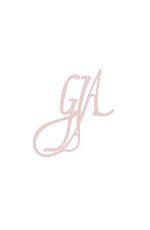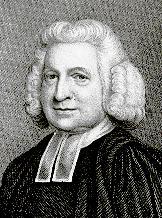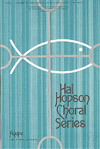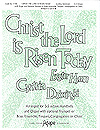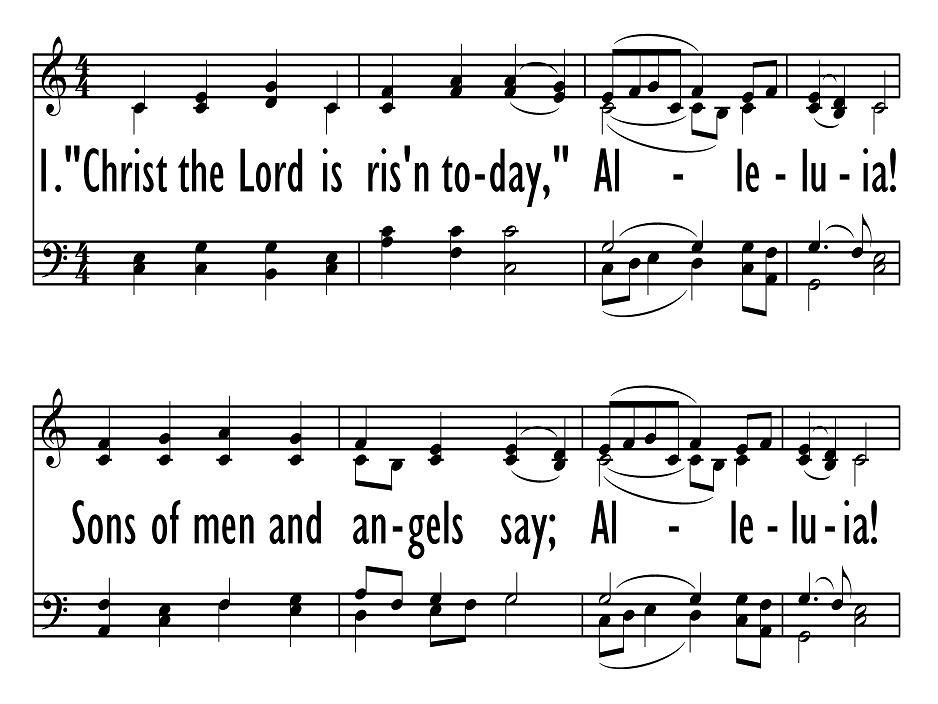Scripture References:
st. 1 = Matt. 28:1-10
st. 2 = Acts 2:24
st. 3 = Hosea 13:14, 1 Cor. 15:20-23
st. 4 = Phil. 3:10-11
st. 5 = Phil. 2:10
Charles Wesley (PHH 267) composed this "Hymn for Easter Day" in eleven stanzas. First sung at the famous Foundry Meeting House, the text was published in Hymns and Sacred Poems (1739). The "alleluia" responses, reflecting ancient Jewish and Christian practice, were added by later editors to fit the tune. Wesley's stanzas 1-2a and 3b-6 are included.
The text contains some of the most familiar Easter themes: all creatures rejoice in Christ's resurrection (st. 1); the work of redemption is complete (st. 2); death is vanquished (st. 3); we have new life in Christ now (st. 4); we praise the victorious Christ (st. 5). The "alleluias," which remind us of the ancient Easter greeting, do more than interrupt the textual flow: they provide the framework for praising God with each line of text.
Liturgical Use:
Easter Sunday morning; a great processional hymn.
--Psalter Hymnal Handbook
==================
Christ [our] the Lord, is risen today, Sons of men, &c. C. Wesley. [Easter.] This is one of the most popular and widely used of C. Wesley's hymns. It appeared in the Hymns and Sacred Poems, 1739, in 11 stanzas of 4 lines, with the heading "Hymn for Easter." In his Psalms and Hymns, 1760, No. 32, M. Madan introduced some alterations, and omitted stanzas vii.-ix., thereby forming a hymn of 8 stanzas. It is from this form of the hymn that all subsequent arrangements of the text have been made. It is curious that although it was in several collections of the Church of England in 1780, yet J. Wesley omitted it from the Wesleyan Hymn Book, which he compiled and published during that year, and it was not until the issue of the Supplement to that collection in 1830, that it appeared therein in any form, and then the alteration of stanza iv., 1. 3, "Dying once, He all doth save," to "Once He died our souls to save," was adopted from Madan. Its use is extensive in all English-speaking countries. The reading, "Christ, our Lord," &c, dates from Cotterill's Selection, 1810 (Poetical Works, 1868-72, vol. i. p. 185).
--John Julian, Dictionary of Hymnology (1907)


 My Starred Hymns
My Starred Hymns

